
Written by Manon
Edited on
12 March 2024
·
16:01
Sigma 16mm f/1.4 vs 30mm f/1.4 vs 56mm f/1.4 for Canon EF-M
For your Canon EOS M mirrorless camera, you have more to choose from than just the Canon lenses. The 16mm, 30mm, and 56mm lenses by Sigma also have the right mount. You can't zoom with these prime lenses, so the fixed focal point is what differs in terms of usage situation. We've listed the differences and similarities to help you choose.
Sigma 30mm and 56mm are no longer available
The Sigma 30mm f/1.4 DC DN Contemporary Canon EF-M and the Sigma 56mm f/1.4 DC DN Contemporary Canon EF-M are no longer available. You'll find Sigma lenses for your Canon camera in our assortment, among others.
Comparison Sigma 16mm, 30mm, and 56mm
| 16mm | 30mm | 56mm | |
|---|---|---|---|
| Aperture | f/1.4 | f/1.4 | f/1.4 |
| Lens type | Wide-angle | Stand | Stand |
| Number of aperture shutters | 9 | 9 | 9 |
| Shortest focal distance | 25cm | 30cm | 50cm |
| Silent focusing motor | Yes | Yes | Yes |
| Weight | 405g | 265g | 280g |
Usage situation

16mm: architectural and landscape
Thanks to the wide viewing angle, the 16mm lens is suitable for architectural and landscape photography. Outstretched natural parks and high buildings easily fit into your image. The lens has a large f/1.4 aperture opening. This is useful when you want to photograph in dark locations. You also create natural bokeh with this, where the background is blurry. You can photograph flowers using this, for example. Thanks to the silent autofocus motor, the lens is also suitable for silent recordings.
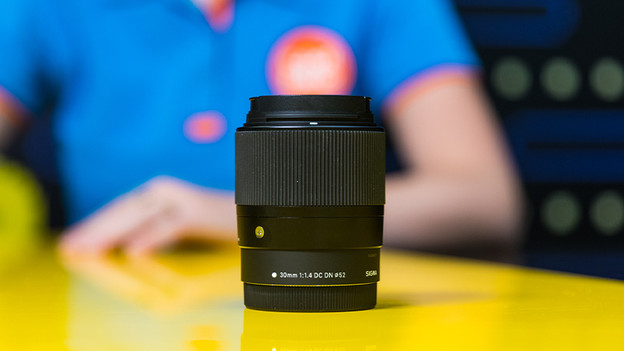
30mm: landscape and reportage
The 30mm standard lens is suitable for different types of photography. It has a smaller image angle than the 16mm lens, so the images is slightly more zoomed in. You can photograph landscapes and objects in nature with this lens. Thanks to the f/1.4 aperture, you can create a blurry background. You can use this for product, portrait, and reportage photos. In addition, you can use the lens in dark locations thanks to the large aperture. And thanks to the silent autofocus motor, the lens is also suitable for silent recordings.
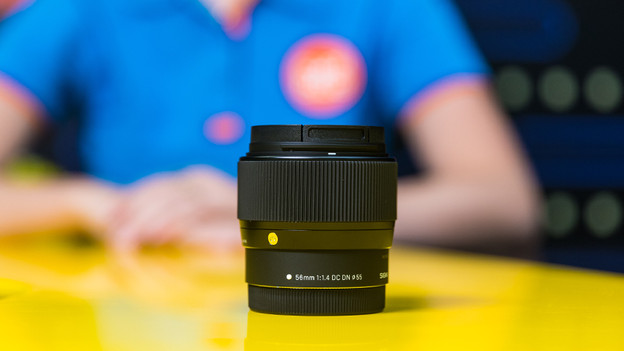
56mm: portrait
With a 56mm focal length, this lens has the smallest image angle and your image is zoomed in the most. The lens has a maximum aperture of 1.4, which makes it suitable for portrait photography. You can blur the background with this, so the focus is on the model. Thanks to the large opening with this aperture, you can also use the lens in dark situations. In addition to portraits, you can take travel, product, and reportage photos. The lens also has a silent autofocus motor to make silent recordings.
External features and specifications

16mm: 405g
With a weight of 405g, the 16mm lens is the heaviest of the 3. In addition, this lens is the largest. It's still very easy to take traveling. The lens can easily fit into a shoulder bag or backpack.
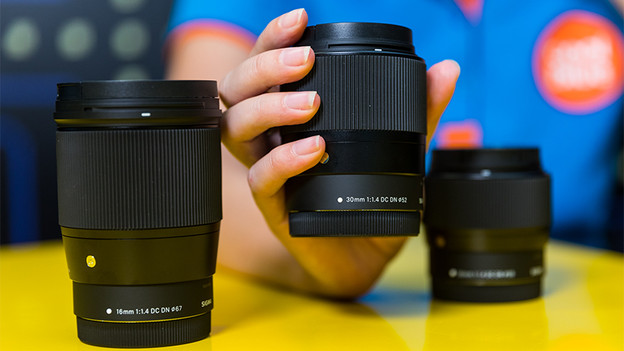
30mm: 265g
The 30mm lens only weighs 265g, which is very light. This is ideal if you take the lens with you while traveling or when you're the photographer on location. It doesn't add much weight to your luggage. In combination with the compact size, it's very easy to put in your bag.

56mm: 280g
The weight of the 56mm lens is 280g, which is slightly heavier than the 30mm lens. These lenses are about the same size. The 56mm lens is easy to take traveling with you to take portraits or make reportage photos at your destination.
Image quality
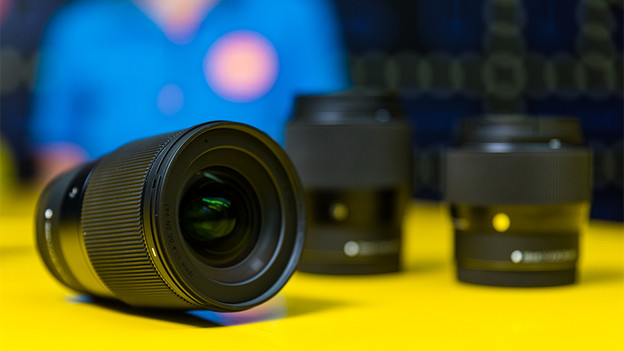
16mm: 16 elements in 13 groups
The 16mm lens by Sigma is made of high-quality lens elements and has a special coating that prevents color distortion. The lens has 16 lens elements divided into 13 groups. Together, the separate elements prevent abberations and distortion in your photos. This combination ensures a high image quality. Even in dark locations you can take bright photos, thanks to the aperture of 1.4.
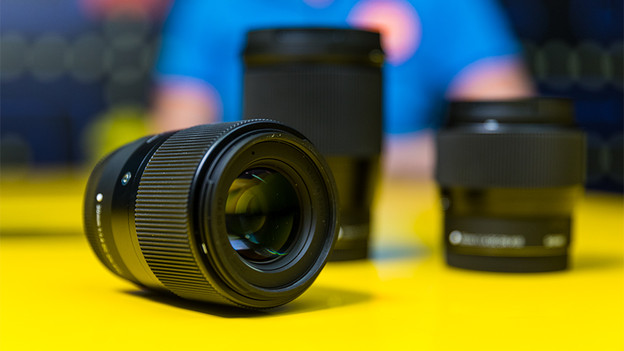
30mm: 9 elements in 7 groups
The 30mm lens is also made of high-quality lens elements by Sigma. This lens has 9 elements, divided into 7 groups. In combination with the special coating, you can take sharp photos with this. Together, these lens elements prevent distortion and abberations in your photos. In addition, the lens has a 1.4 aperture, so you can use the lens on dark locations.
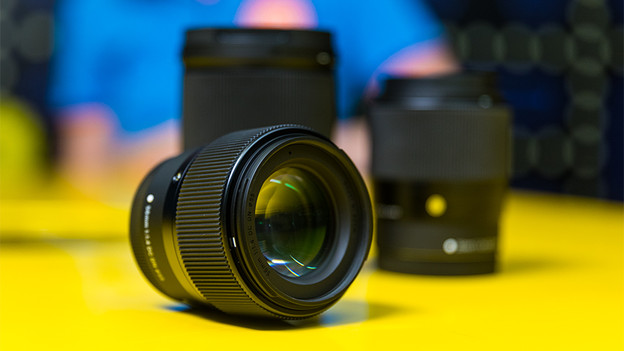
56mm: 10 elements in 6 groups
The 56mm lens is just as good as the 30mm lens in terms of lens elements. The lens has 10 lens elements divided into 6 groups. These elements prevent abberations and distortion in your photos. In addition, the coatings reduce unwanted light reflections. This lens also has a 1.4 aperture, so you can take bright photos in the dark.
Conclusion
The large difference between lenses is the focal lengths and so the usage situation. For example, you mostly use the 16mm wide-angle lens for landscape and architectural photography, while the 56mm lens is a real portrait lens. The 16mm lens is the heaviest and largest, but you can easily take it traveling. All 3 lenses have a large 1.4 aperture, so they're light-sensitive. Thanks to this, you can use them on locations with low light.
Article by Manon
Camera Expert.
